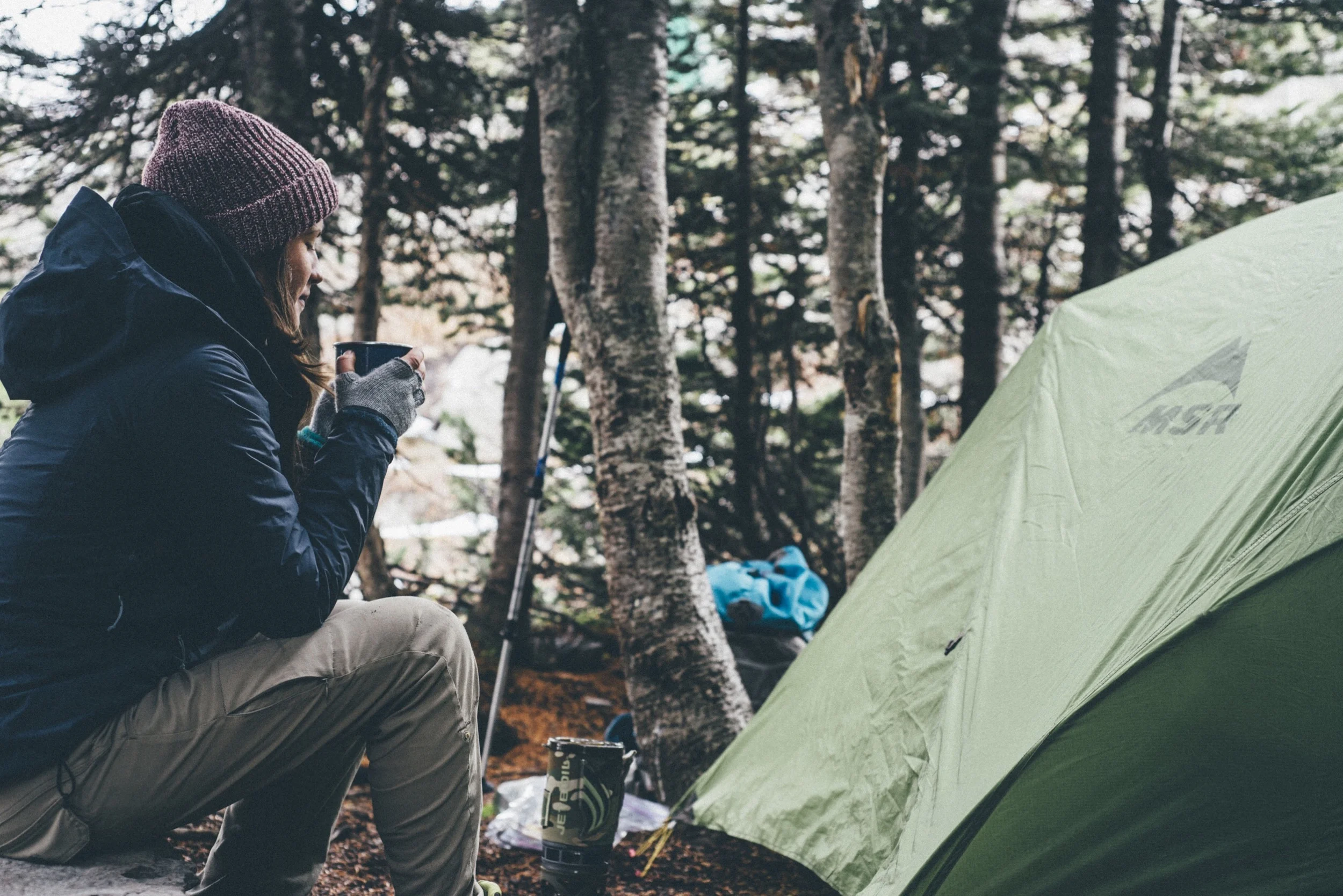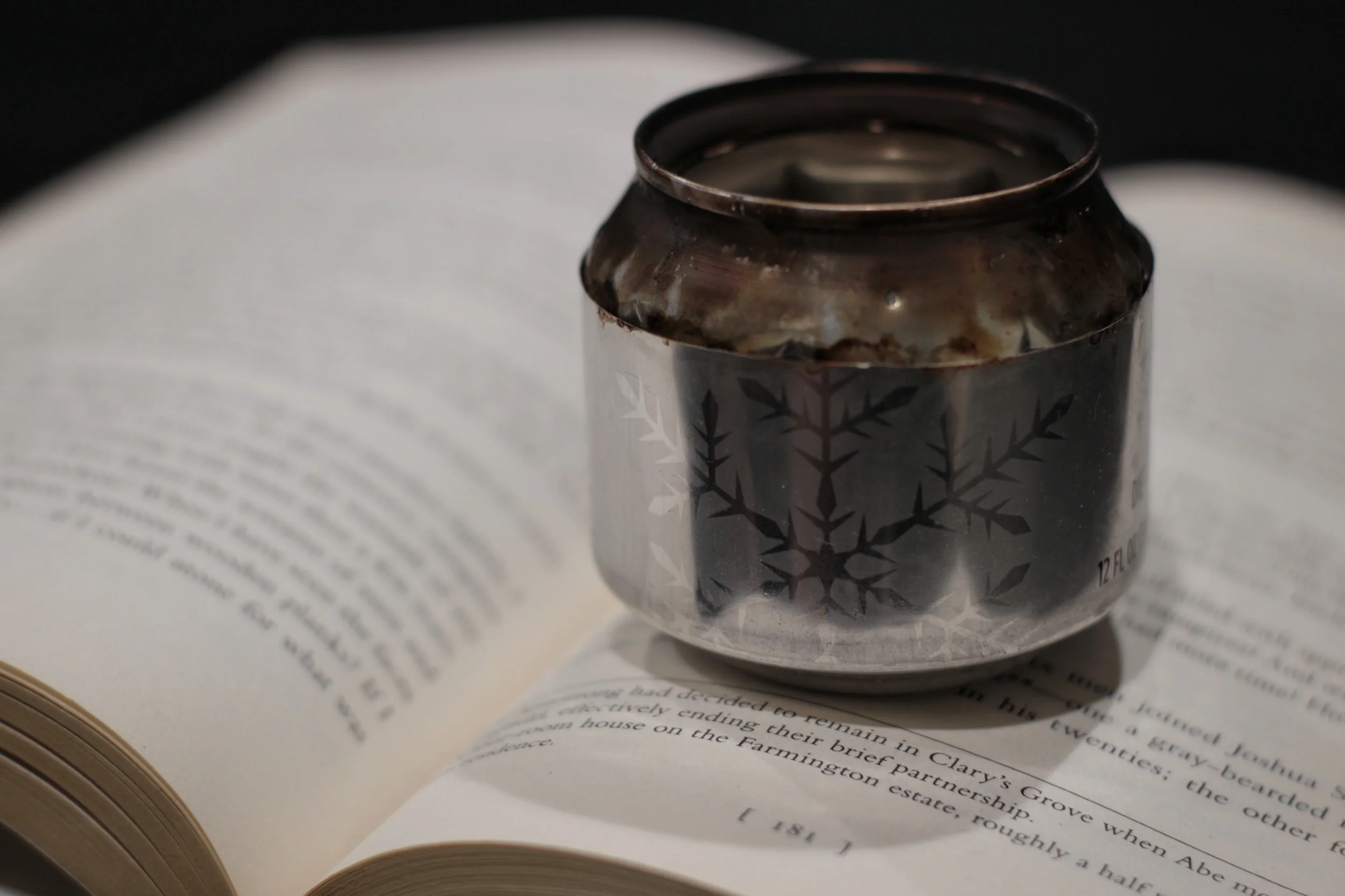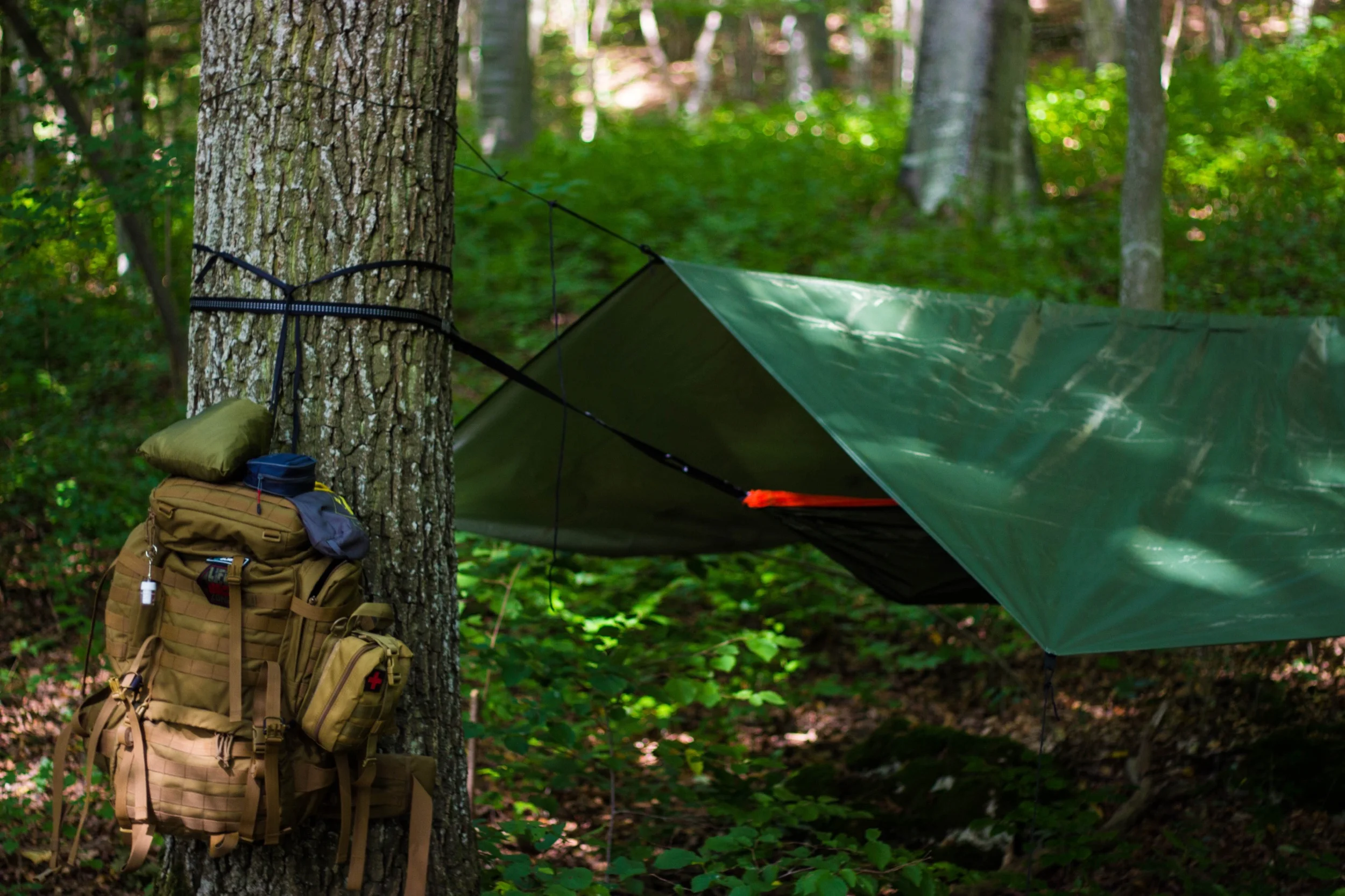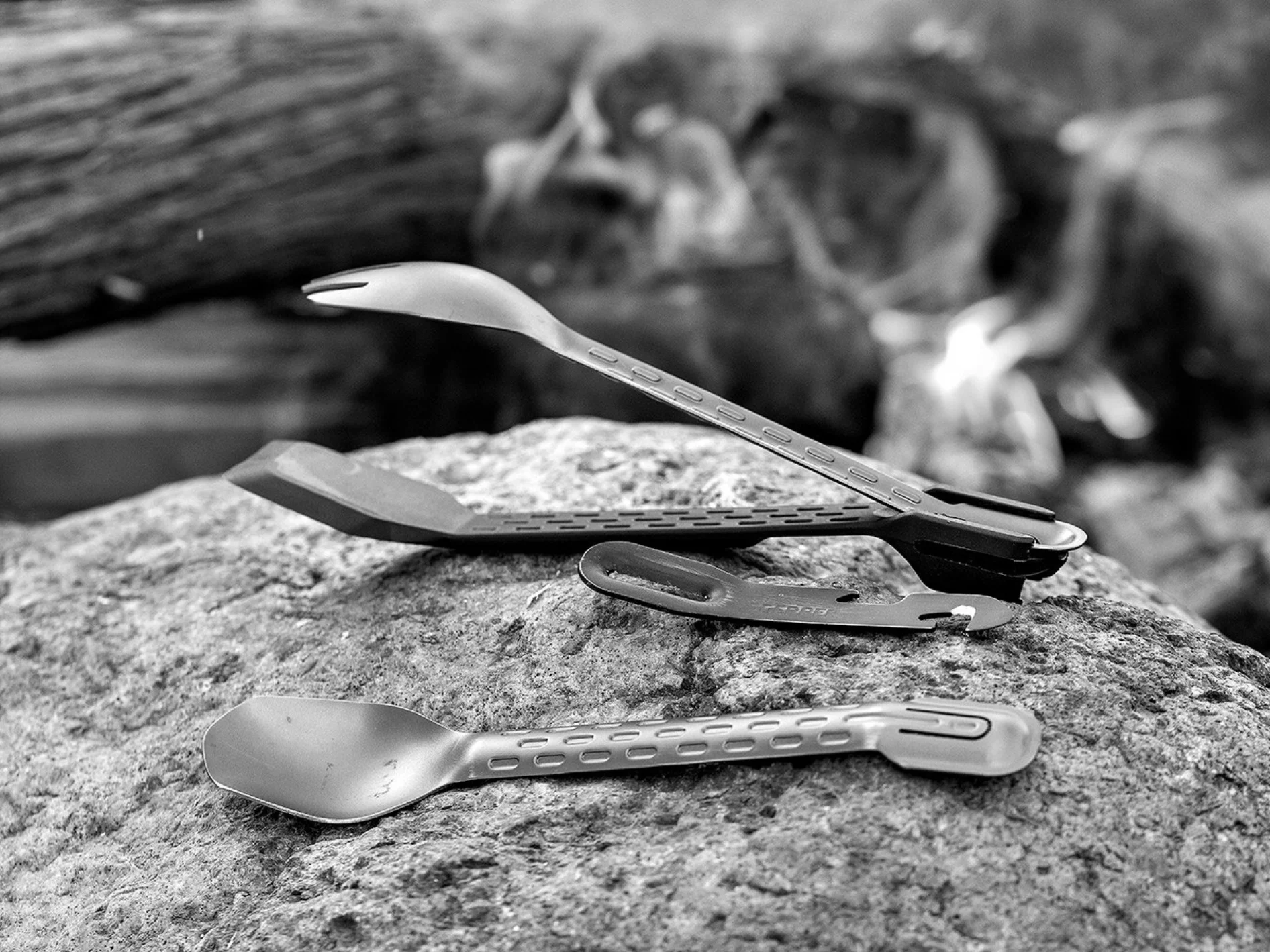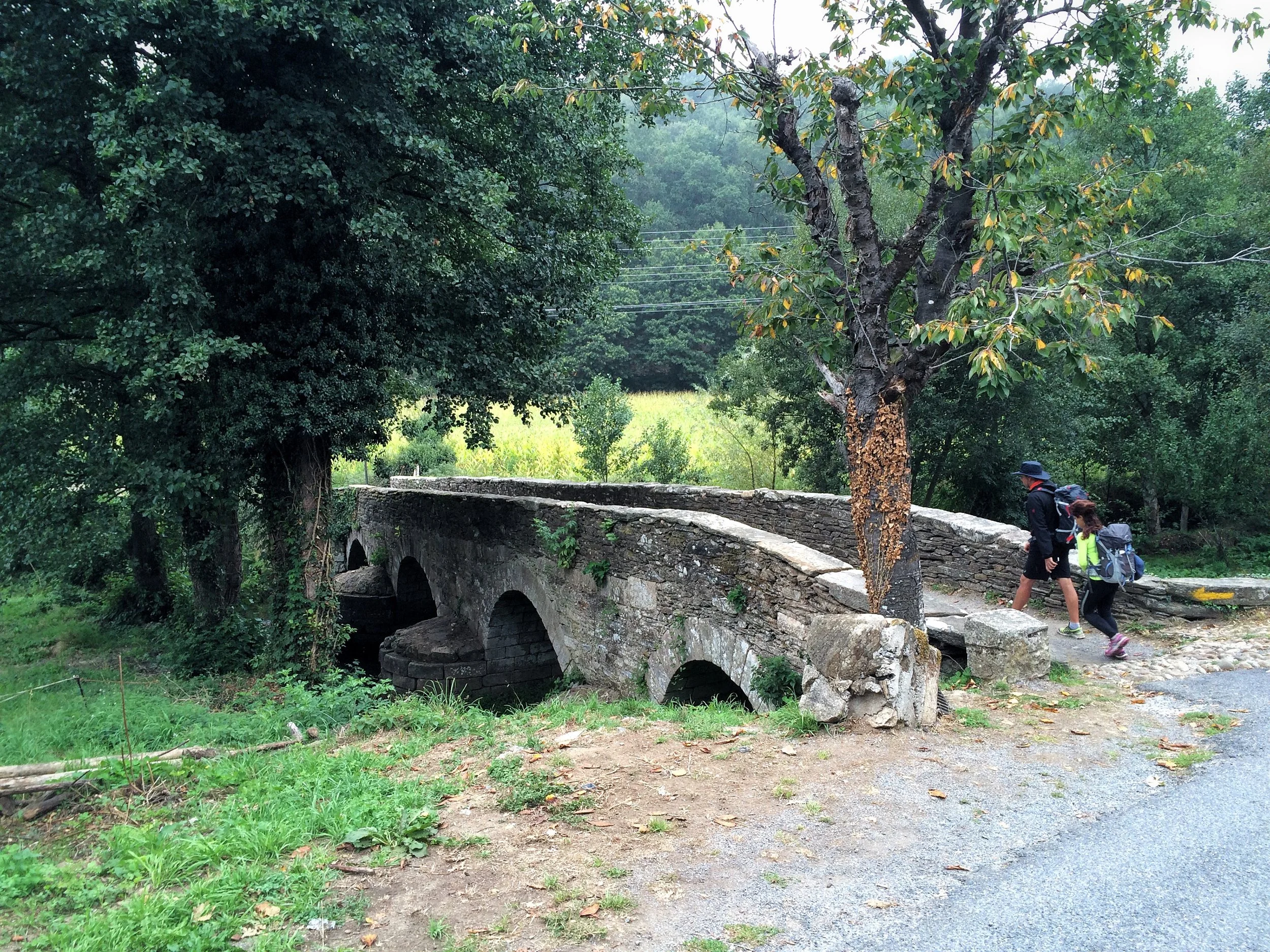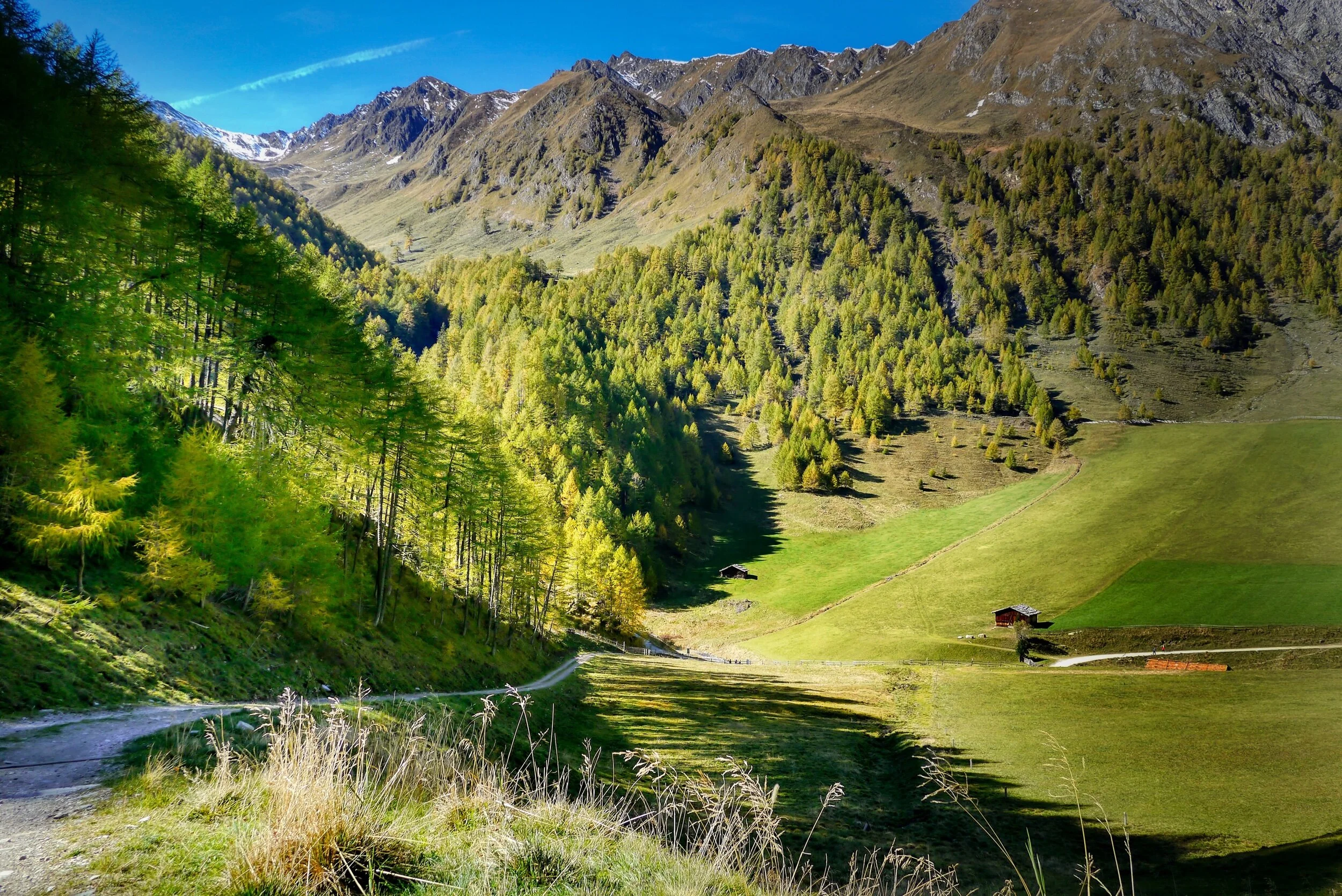Inexpensive Alternatives to Common Hiking Gear
The cutting edge of Ultra light and packable gear doesn’t come cheap. A difference of a few grams or an extra feature can change the price of an item drastically. Like any category of item as you get to the top tier the price per performance drops.
This is the exponential price to quality curve, as a product gets “better” the price does not increase linearly but exponentially meaning as you get to the best and greatest you will be paying way more than you should.
For this reason I tell people to use stuff they have at home especially if they can’t afford the latest and greatest. Buy what you miss, and use what you have. For some gear, its better to buy a good quality item that will last, but for most of the items you can use what you have. Anything you need on a hike can be bought at one point or another and at other times you would be surprised what humans can accomplish with so little.
“Buy what you miss, and use what you have.”
You would be surprised with what you can get away with when it comes to gear. A disposable water bottle will last a whole season and maybe even years. There are inexpensive alternatives to gear you might consider common hiking gear. These are cheaper alternatives to thru-hiking gear.
1) Alcohol stove instead of jetboil
Pro: can be made for free and are durable
Con: can be quite dangerous and are not very efficient
We have a guide to make my favorite alcohol stove that you can make on the trail as long as you have a can and knife. You can find the guide here. It may not be as efficient as a jet boil and you will need to deal with carrying around isopropyl or denatured alcohol, but free is better than not free.
2) Smart water bottle instead of nalgene
Pro: holds up just as well, at least for the season
Con: difficult to wash
I like this item because it is the only item on this list where a hiker will call you a day hiker if you are not rocking a smart water bottle. Smart water bottle, or any cheap water bottle, will last a long time and are very light and easy to find. This one is a no-brainer if you want to shed a couple of grams.
3) Polyester shirt instead of merino
Con: you will smell
Pro: can be had for less than $5 a shirt
Merino might seem like a great material but lets be realistic, do you need a $50 shirt to go walking? A polyester shirt has all the hiking specific features that really matter for 10 times less. Just make sure you wash your poly shirts regularly because it will smell.
4) Fleece instead of nano puff
Pro: just as warm for a fraction of the price
Con: heavy and not as packable
Compressible down jackets are great, lightweight and unimaginably compressible, but these jackets are expensive and hard to maintain. A fleece jackets might not be as light and compressible but its just as warm and a fraction of the price.
5) Plastic garbage bag instead dry sacks
Con: garbage bag might be waterproof but your backpack will absorb water and get heavy. Water proof coating helps with this but in a deluge it will not matter.
Pro: garbage bag is cheaper than liner but can be easily punctured
An inexpensive trick to keep your gear dry is to first stuff a black garbage bag in your backpack and then the gear inside. Black garbage bags are reasonably strong and completely waterproof. When the rain starts coming down, unfortunately, your bag will absorb the water and weigh you down. This is where the next trick comes in.
6) rainfly (and waterproof spray) instead of fancy backpack
Pro: cheaper
Con: does not look as cool
A cheap generic rainfly will go a long way to keep your backpack and the contents inside dry. I also recommend picking up a waterproof spray so that you can spray the bag and spray the rainfly when it starts to get worn-out.
7) Plastic bags instead of dry bags
Con: not very durable
Pro: easy to find and replace
I’m sure you have already used a life hack like this. Its just obvious, but what you and everyone else soon find out is these bags are not that durable. This is where our next life hack comes in.
8) Tyvek envelope instead of plastic bags
Pro: durable
Con: waterproof only holds up for a few months to a year
Tyvek envelopes feel like a thin paper mailing envelope, but are incredibly strong and water resistant. These can be purchased for a few dollars or less at a post office and make great stuff sacks. Check out this page to find out how to make your own stuff sack from one of these.
9) Walmart kids tent with waterproof coating vs expensive tent
Pro: inexpensive
Con: not durable at all
If you are not incredibly tall, you can try this trick out. Two-person kids tents are usually inexpensive, and after preparing them, are a good short term shelter solution. A good waterproof coating and a tent footprint and you should be good. You might be able to find a quality one person tent but if not this solution will be good for at least one season. Bring duck tape for the rips that may appear.
10) Aluminum vs titanium
Pro: light
Con: soft metal
Aluminum is a light metal that will heat up quickly. The downside of aluminum is it is very soft. Titanium on the other hand is strong but its also much more expensive. Another alternative is stainless steel but you will get a big weight penalty.
Buy generic non-specific hiking gear
Stick with generic non-hiking gear and you will save money. Trail running shoes instead of hiking shoes. Generic polyester shirt instead of hiking shirts. This will help you avoid the market up found on hiking gear.

